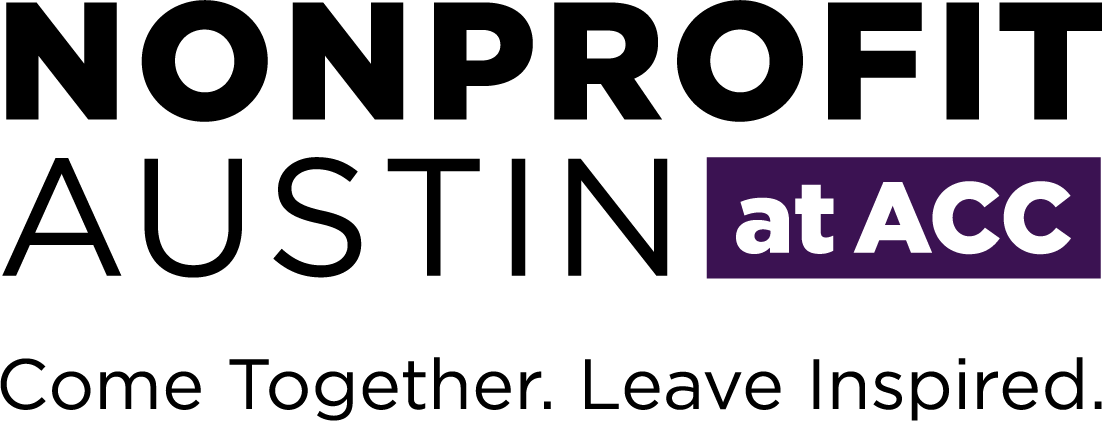
Planning
The process of organizational planning sets the overall direction, activities and strategies a nonprofit uses to fulfill its mission and ties planned activities to a sustainable business model and the annual budgeting process. Organizations should adopt clear strategic priorities that can be acted upon, guide the organization’s decision-making and are revisited regularly. Planning benefits from participation from the breadth of the organization, including stakeholder input (with particular attention to the people served by the organization), assessments of operational and competitive environments, and performance information on the organization’s work.
Mission, Vision and Values
1. Nonprofits should establish and regularly review mission, vision and values statements that are specific enough to effectively guide the overall goals and activities of the organization.
2. The mission statement should be linked to the values of the organization and its vision for the future.
3. The mission, vision and values should be evaluated regularly by the board to determine if they still meet the evolving needs of the organization’s constituents and the public.
Components of Planning
4. Plans should align with the organization’s mission, vision and values.
5. Organizations should actively make adjustments to plans to ensure that assumptions and activities adapt to changing organizational and environmental realities.
6. Plans should be based on a careful assessment of the multiple resources necessary for implementation, including human resources, financial, relational, and organizational commitment.
7. Organizations should create plans with evaluation in mind, assessing what processes and goals they intend to use and how they will measure their successful completion.
8. Plans should be informed by a review of the external factors that affect the organization’s operating environment, taking into account the opportunities for action or collaboration and threats to success or sustainability.
9. Nonprofit organizations should be responsive to community needs and actively engage and gather input from a variety of sources, such as the board, staff and community members, and other constituents.
10. Nonprofits should confer with their counterparts to determine the need for services, the best practices in delivering them and the effective use of community resources.
11. Nonprofit organizations should provide timely notice of significant changes to partner organizations or constituents who depend on or are making plans reliant on the organization’s availability of services.
Strategic Plans
12. The board of directors should establish a rigorous process of setting clearly defined, long-term goals and objectives to accomplish the organization’s mission.
13. Strategic planning should articulate how the strategies chosen are expected to accomplish the organization’s stated goals.
14. Goals and objectives should be reasonably attainable given staffing, resources, constituents and the number of people being served.
15. Nonprofit organizations should continually scan the environment for external factors that may impact the success of the organization’s strategies, including changes in the political, economic, demographic, legal or competitive environments, and make necessary adjustments to respond to these changes.
Operational/Annual Workplan
16. A nonprofit organization should annually create a written operational plan that specifies how its activities will be implemented.
17. Operational plans should support the nonprofit’s strategic goals and objectives in order to advance the mission of the organization.
18. The operational plan should clearly define specific program, financial, personnel and evaluation activities; establish timelines; assign specific responsibility for implementation; and be tied to an approved budget.
19. The operational plan should be used as a management tool for tracking and evaluating activities and outcomes.
Contingency Plans
20. Nonprofit organizations should develop contingency plans for appropriate areas of the organization, weighing the likelihood, impact on resources, opportunity and ease of planning as they create these plans.
21. Plans should include instructions for overcoming potential challenges in their implementation.
22. Nonprofit organizations should have a plan for how to communicate with key stakeholders in the event of unforeseen events.
23. Nonprofit organizations should purchase insurance policies appropriate to entities of their size and activities to cover property and liability risks, directors and officers, employment practices and other specialized needs.
Civic Engagement & Public Policy >>
Note to Readers: Please be aware that certain words have particular meanings in this document.
 “Must” is used to describe practices required by stake or federal law, and is noted with a gavel symbol and highlighted in red.
“Must” is used to describe practices required by stake or federal law, and is noted with a gavel symbol and highlighted in red.- “Should” is used to describe highly recommended practices.
- “Constituents” describes people with a stake in the success of the organization and may include members, neighbors, clients, volunteers and contributors.

